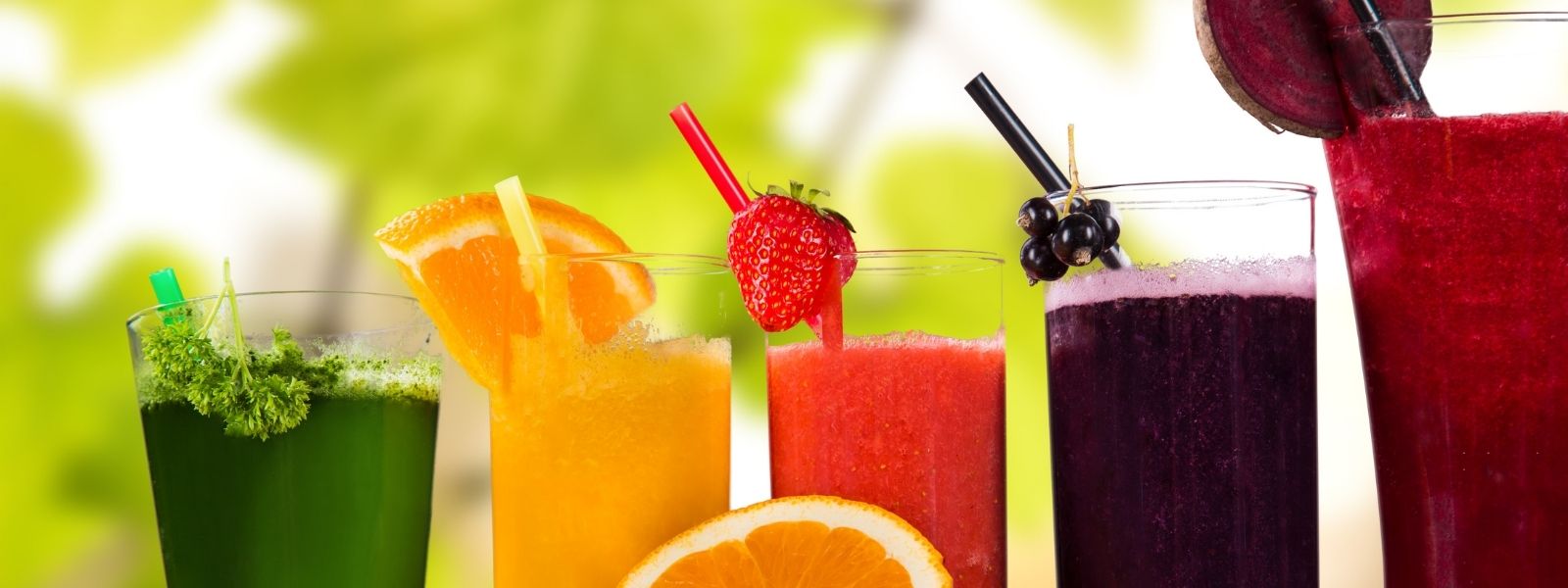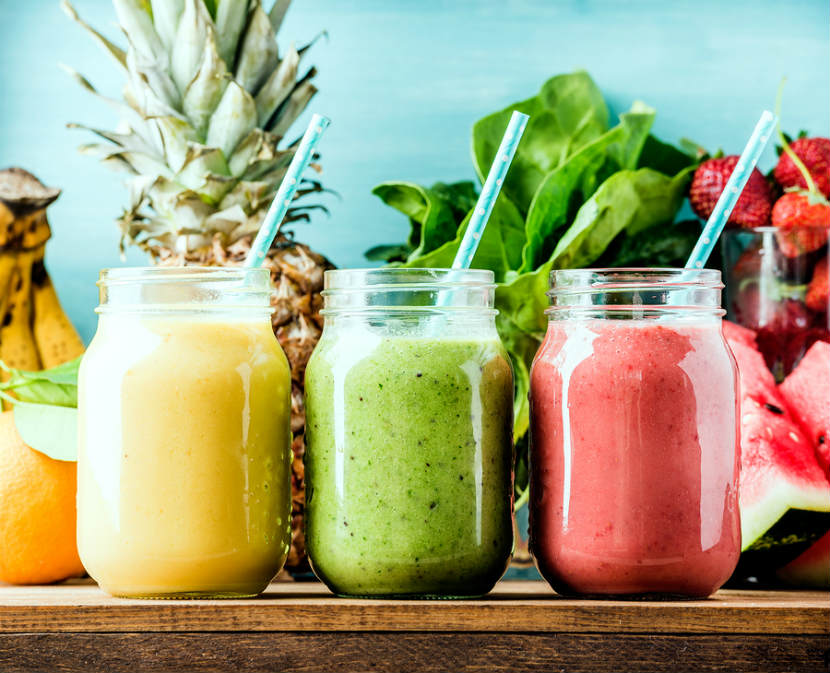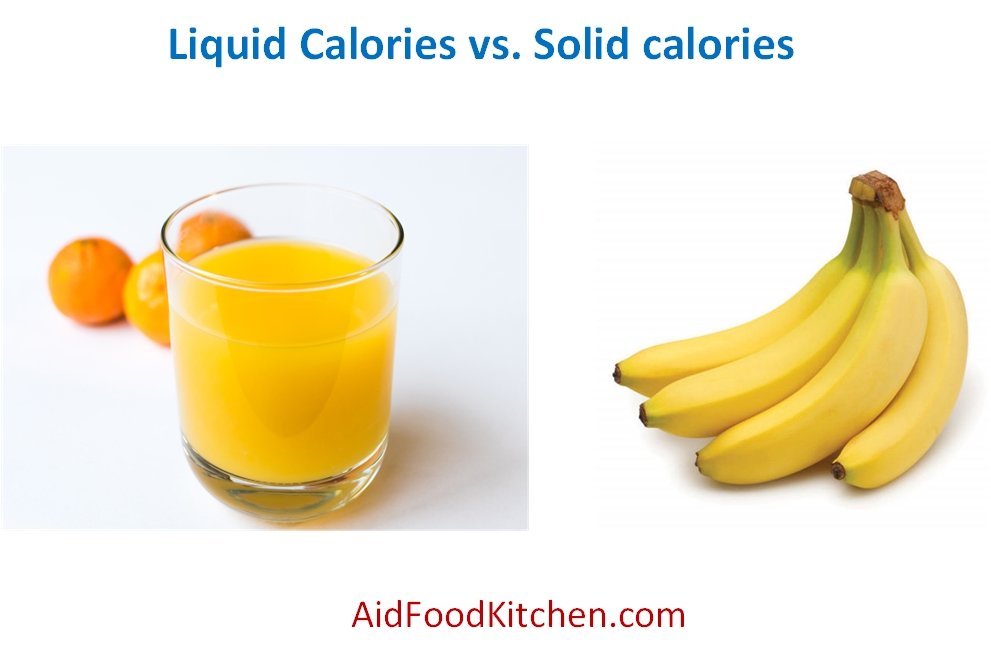Calorie balance is a fundamental principle in weight loss and gain. This principle holds that the body’s energy input (calories consumed) is balanced against its output (calories burned through physical activity and internal bodily processes), determining whether an individual gains or loses weight.
The idea of liquid calories consumed from beverages such as soda, juice, and alcohol has sparked a debate among health experts who ask whether or not liquid calories are more accessible to burn.

What are Liquid Calories?
Liquid calories refer to calories that are consumed in the form of beverages rather than solid foods. These calories can come from various sources, including sugary drinks such as soda, fruit juice, energy drinks, and alcoholic beverages.
Liquid calories can significantly contribute to overall caloric intake and may contribute to weight gain and other health issues if consumed excessively. This is because liquids can be less filling than solid foods, and people may not compensate for the calories consumed in beverages by eating less at mealtime.
Pay attention to the calorie content of your beverages and choose low-calorie options such as water, unsweetened tea, and black coffee whenever possible. Additionally, incorporating whole, nutrient-dense foods into your diet can help you feel full and satisfied while reducing the need for liquid calories.
Here are some examples of beverages that contain liquid calories:
- Soda: A 12-ounce can of regular soda contains around 140 calories.
- Fruit Juice: A 12-ounce serving of orange juice contains around 160 calories, while the same amount of apple juice has about 180 calories.
- Sports Drinks: A 20-ounce serving of a typical sports drink can contain around 130 calories.
- Alcoholic Beverages: The calorie content of alcoholic beverages can vary widely depending on the type and serving size. For example, a 12-ounce beer can contain around 150 calories, while a 5-ounce serving of wine contains about 120 calories.
- Sweetened Coffee or Tea: A 16-ounce serving of a sweetened coffee or tea beverage, such as a flavored latte or sweet tea, can contain anywhere from 100-300 calories, depending on the size and ingredients.

What are Solid Calories?
Solid calories refer to calories that are consumed in the form of solid foods rather than beverages. These calories can come from various sources, including fruits, vegetables, grains, meats, and dairy products.
Unlike liquid calories, solid foods tend to be more filling and satiating, as they take longer to digest and absorb in the body. People may be less likely to overconsume calories when eating solid foods than drinking calorie-containing beverages.
Here are some examples of solid foods that contain substantial calories:
- Fruits and Vegetables: Fruits and vegetables are often low in calories but high in nutrients. For example, a medium-sized apple contains around 95 calories, while a cup of broccoli contains about 55 calories.
- Grains: Whole grains such as quinoa, brown rice, and whole wheat pasta can be a good source of fiber and other nutrients. For example, a cup of cooked quinoa contains around 222 calories.
- Proteins: Lean protein sources such as chicken breast, fish, and tofu can be an excellent addition to a healthy diet. For example, a 3-ounce grilled chicken breast contains around 140 calories.
- Dairy: Dairy products such as yogurt and cheese can be a good source of protein and calcium. For example, a 6-ounce serving of plain Greek yogurt contains around 100 calories, while a 1-ounce cheddar cheese contains about 115 calories.
However, it is essential to note that the type and quality of solid foods consumed can still significantly impact overall health and weight management. Conversely, consuming too many high-calorie, low-nutrient foods can still lead to weight gain and other health issues, even if they are in solid form.
Are Liquid Calories Easier to Burn?
Liquid calories are not necessarily easier to burn than solid calories. Based on research papers, there is no scientific evidence that liquid calories are more accessible to burn than substantial calories.
While the idea that liquid calories are more accessible to burn than solid calories is not a widely accepted scientific consensus, here are a few studies that have explored this topic:
- A study published in the American Journal of Clinical Nutrition in 2000 found that the thermic effect of food (the amount of energy expended to digest, absorb, and metabolize nutrients) was more significant for solid foods compared to liquid foods, suggesting that solid foods may be more metabolically demanding than liquids. Please read “Effects of meal form and composition on energy expenditure during digestion.”
- Another study published in the Journal of the American Dietetic Association 2007 found that participants who consumed a liquid meal replacement lost more weight and body fat than those who drank a solid meal replacement. However, the study authors note that the results may have been due to factors other than calories. Read Meal replacements are as effective as structured weight-loss diets for treating obesity in adults with features of metabolic syndrome.
- A study published in Physiology & Behavior in 2010 found that participants who consumed a liquid meal had a lower sense of fullness than those who drank a solid meal, potentially leading to greater caloric intake overall. Read “The relationship between dietary energy density and energy intake.”
- A review article published in Obesity Reviews in 2015 concluded that the form of calories (liquid vs. solid) might have a small impact on energy intake and weight management but that overall dietary quality and quantity were more important.
The main reason for different results is a detailed measurement of human energy balance. You can read more in A Critical Review on the Role of Food and Nutrition in the Energy Balance.
It is important to note that these studies provide conflicting evidence on the topic. Therefore, more research is needed to determine the impact of liquid versus solid calories on metabolism and weight management. Additionally, it is essential to consider the type and quality of the calories consumed rather than focusing solely on the form they take.
When you consume calories in the form of liquids, they are generally absorbed more quickly into your bloodstream compared to solid foods. This is because the digestion of solid foods takes longer, whereas liquids are more easily broken down and absorbed by your body.
However, the ease with which your body burns calories depends on the type of calories you consume rather than whether liquid or solid. For example, consuming high-calorie beverages such as sugary sodas, sweetened fruit juices, and alcohol can contribute to weight gain and other health issues if consumed in excess, regardless of their form.
Conversely, consuming low-calorie liquids such as water, unsweetened tea, and black coffee can help you maintain a healthy weight and promote overall health.
Liquid Calories vs. Solid Calories
Liquid calories and solid calories differ in several ways. Here are some of the main differences:
- Nutrient Density: Solid foods tend to be more nutrient-dense than liquid foods. This means they contain more vitamins, minerals, and other essential nutrients per calorie. For example, a piece of fruit contains fiber and other important nutrients in addition to its calorie content, while a sugary soda contains primarily empty calories.
- Satiation: Solid foods are more filling and satisfying than liquid foods. Solid foods take longer to chew and digest, which can help regulate appetite and reduce overall caloric intake. In contrast, liquid calories can be less filling and may not provide the same sense of fullness as solid foods.
- Portion Control: It can be more difficult to control portion sizes with liquid than solid calories. It is easier to quickly consume large quantities of liquid calories without feeling as full or satisfied as when consuming the same number of calories in solid food.
- Metabolic Effects: Some studies suggest that liquid calories may be more easily absorbed and metabolized by the body than solid calories, while others claim the opposite. However, the overall impact of liquid versus substantial calories on metabolism and weight management is complex and multifactorial.

Proponents of the theory that liquid calories are more accessible to burn argue that they are less satiating, meaning they do not make people feel full like solid calories. As a result, people are less likely to store excess liquid calories as fat, as they will not eat as much food after consuming a sugary drink or alcohol. Moreover, the body has to burn some calories to convert liquid calories into energy that the body can use, meaning a portion of liquid calories is already burned by digestion.
On the other hand, opponents of this theory argue that liquid calories are more complicated to burn than solid calories. This is because the calories in beverages often do not feel like those in solid foods. For example, a large soda might have as many calories as a burger but doesn’t provide the same feeling of fullness as a burger. This might lead to a false sense of satiation and ultimately cause people to eat more and store more calories as fat.
Several studies have been conducted in recent years to understand the mechanisms behind liquid calorie burning. While these studies have produced mixed results, the consensus seems to be that liquid calories are not inherently more accessible to burn than solid calories. Many studies have found that liquid calories are more likely to be stored as fat than substantial calories. As a result, people who consume sugary drinks and other high-calorie beverages have a higher risk of weight gain and obesity. Another study found that people who consumed high-calorie drinks had decreased activity in their “metabolic brain centers, ” meaning their bodies weren’t using as much energy as they should, leading to less calorie burn.
Despite this evidence, it must be noted that not all beverages are created equal. Some high-calorie drinks, like meal-replacement shakes, protein shakes, or smoothies, which include fruits, vegetables, and protein, are pretty healthy and could even help with weight loss when consumed in moderation. Studies have also shown that drinking water or low-calorie beverages such as green tea, which has no low calories, might help lose weight over time.
In conclusion, the debate over whether or not liquid calories are more accessible to burn is a complex one with no easy answers. While some theory proponents believe liquid calories are less satiating and more accessible to burn than solid calories, no conclusive evidence supports this claim. Moreover, high-calorie beverages have been shown to lead to weight gain and decreased metabolic activity, making them less optimal for those who want to lose weight. As always, moderation and balance are essential, and people are encouraged to consult with their healthcare providers for personalized advice on managing their calorie intake and maintaining a healthy weight.
In summary, while liquid calories may be absorbed more quickly than solid calories, the ease with which your body burns calories depends on various factors, including the type and quality of the calories you consume rather than their form.
- How Many Tablespoons is One Clove of Garlic? - June 26, 2024
- How to Measure 3/4 Cup When You Don’t Have the Right Measuring Cup? - June 6, 2024
- How Much Does Cooked Pasta Weight Compare To Dry? - April 30, 2024
